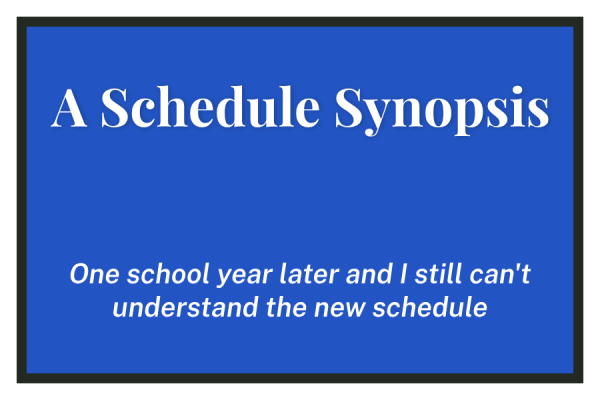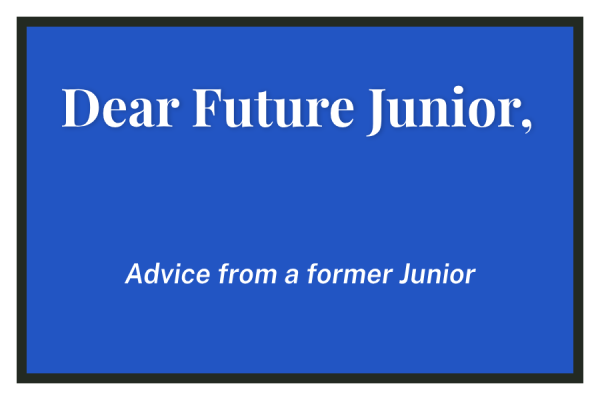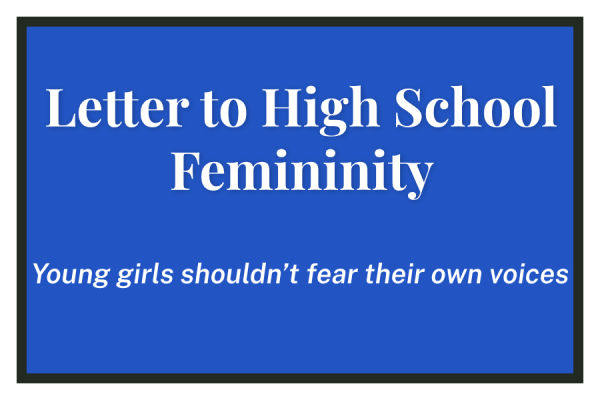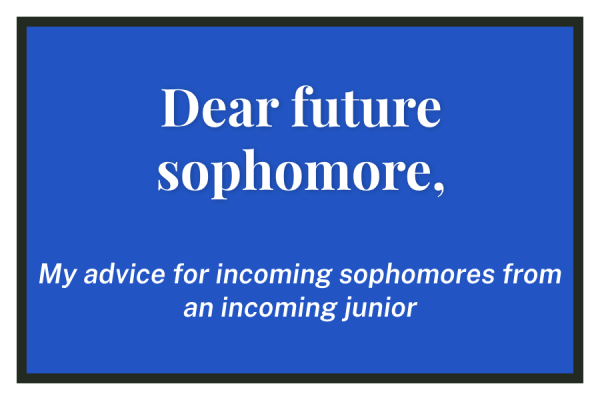After the “Whiteness” MX
Reminded once again that good intentions aren’t enough, Parker needs a plan for race
The “whiteness” MX on November 6—during which four faculty and staff members and one student, members of AWARE (Alliance of White Anti-Racist Educators), stood on stage and spoke about what it meant to them to be white in America—has undoubtedly caused a rift within the Parker community.
The MX’s aim, according to its presenters, was to get white students in the Parker community to realize that they have a racial identity and to begin thinking about their roles and responsibilities in the conversation about race. Even if the result was not, the goal was good.
Presenters spoke about the first time they realized they had a racial identity, the guilt they’ve felt surrounding their whiteness, and the importance of recognizing one’s privilege. Students ranging from 3rd to 12th grade (but not the 4th grade, which was on a field trip) sat in silence as the MX ended, and, although there was time for questions, no one asked any.
Many upper school students discussed the MX in advisory. Some discussions went well — and some did not. Many students felt the MX offered a unique view of race that they had never considered. Others thought it should never have happened. And lots of students –white and of color –felt hurt by the MX, despite its widely acknowledged good intentions.
Some white students felt the MX painted them as heedless. They felt attacked, and became defensive about the MX, which they perceived, incorrectly but understandably, to have been condemning them for taking their privileges for granted.
Many students of color were also troubled by the MX. Some felt ignored, and many were uncomfortable with the idea of a “white affinity group.” And more discomfort resulted when defensive white students made offensive comments during follow-up discussions (including some that, unlike those made in the MX itself, not everyone agreed were well-intended).
Having seen the fallout of the “whiteness” MX, “The Weekly” believes the administration needs to develop a plan to make sure Parker becomes more diverse, equitable, and inclusive.
“The Weekly” doesn’t know how to “fix” racism, but this institution feels confident recommending that any plan include: 1) a way for administrators, teachers, and students to talk in some sort of structured way about race, 2) the gathering of information about the racial climate at Parker, and 3) the enhanced preparation of teachers to talk about race with students.
And, lastly, there needs to be a protocol for the next racial incident — which will happen, like it or not.
Having a long-term plan will make everything-goes-wrong events like the “whiteness” M, less likely and easier to deal with, as students and teachers get better at talking about race, and the administration learns how to address it more effectively. But the school still needs a plan for them. Especially since the aspect of the MX by which many students were most troubled wasn’t any part of the MX’s content but the nature of the response–or the lack of a response–as it became clear there would be a fallout.
One of the fews actions the administration did take in the weeks following the MX was issuing a formal apology. The apology was warranted — an MX was not the right format for the content presented, and a lot of people were hurt because of that mismatch.
But an apology cannot take the place of meaningful discussion — cannot announce a total retreat on race. And yet, according to Head of the Upper School Peter Neissa, the administration is putting race on pause right now. Even SLICE (Student Leaders in Identity, Race, and Equity) — which seems to be the new Racial Dialogues — has been postponed.
This unfortunate retreat from race and related issues is a result of reasonable fears. The administration is trying to make sure even more people aren’t hurt. And the administration wants to protect Parker’s reputation. If word were to get out that Parker, the beacon of progressive education, was unable to talk about race, and those outside the Parker community realized that the school does not always practice what it preaches, there is no telling what might happen: the press would be terrible, and, worse, families of color might be deterred and not enroll their children.
The solution is not the path of least resistance and the best press. Progress on race requires pushing through resistance — in order to move toward meaningful discussions of race, students will have to be uncomfortable sometimes, and some feelings will probably be hurt.
Parker needs a plan for race to make sure the discomfort and occasional hurt feelings serve a purpose. It’s worth stepping on a few toes to make progress — but we need to make sure we’re going somewhere, and we need a strategy for getting there. Otherwise there will be another incident like the “whiteness” MX, and another, and another — and all for nothing.
“The Weekly” would like to end with the words of one of Parker’s founders, Flora Cooke. She once said, “No child can have faith in a school that preaches a theory and then denies it the first time it is put to a test.” Those words remain as true and applicable today as they were when she said them.






